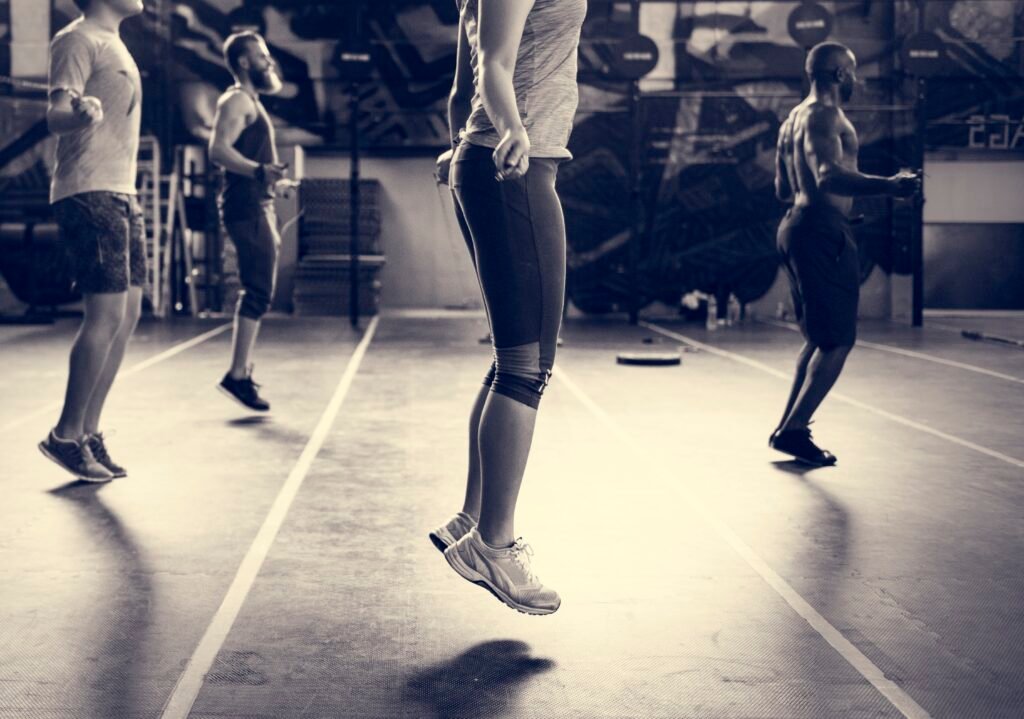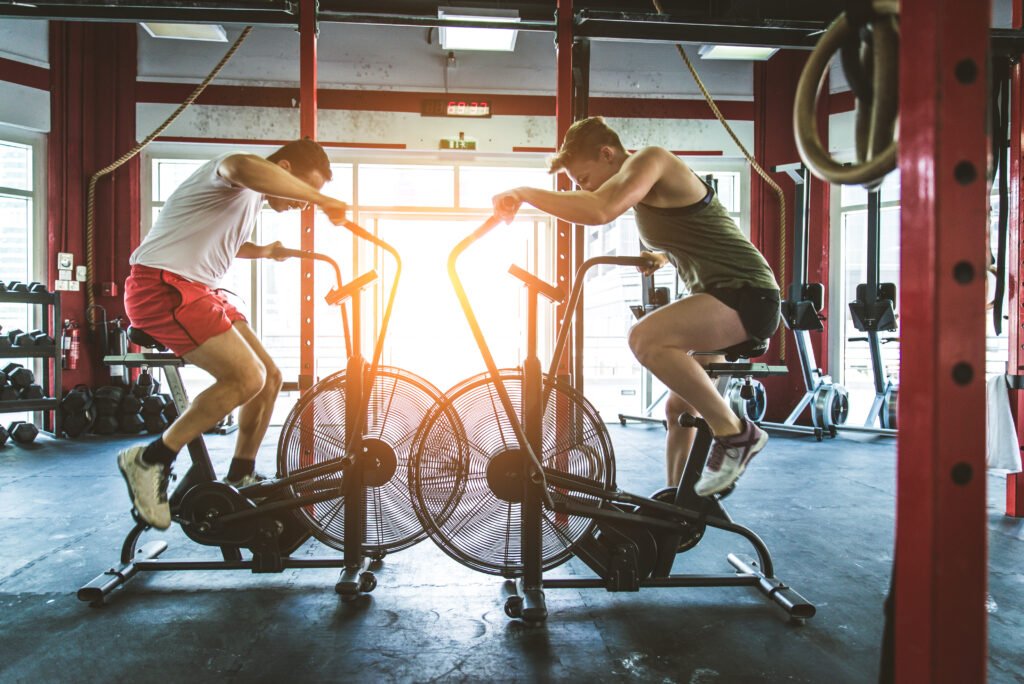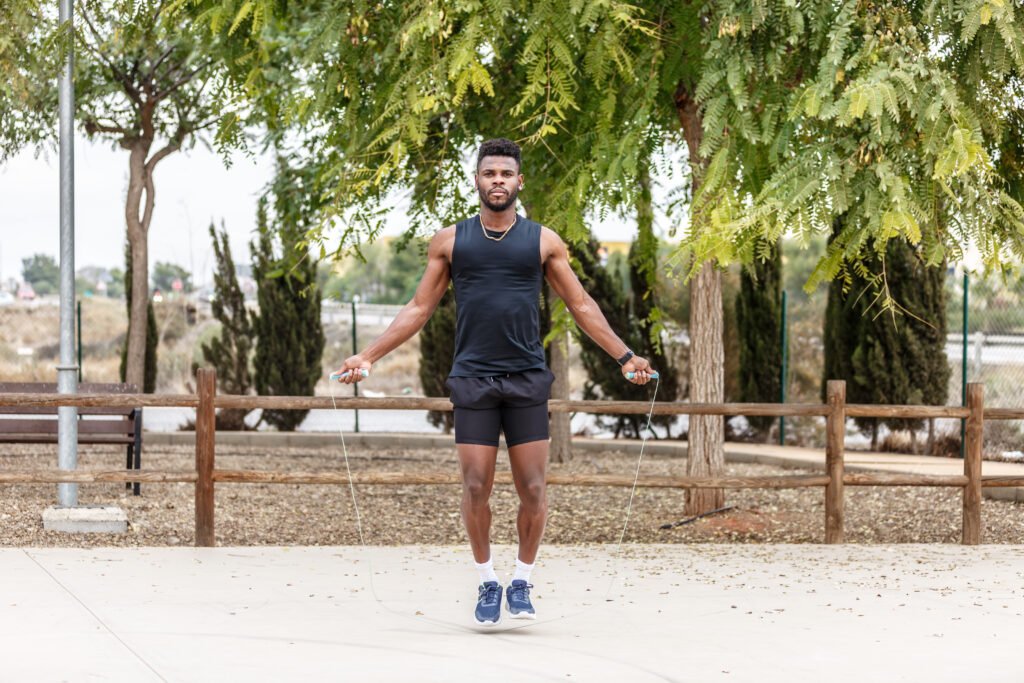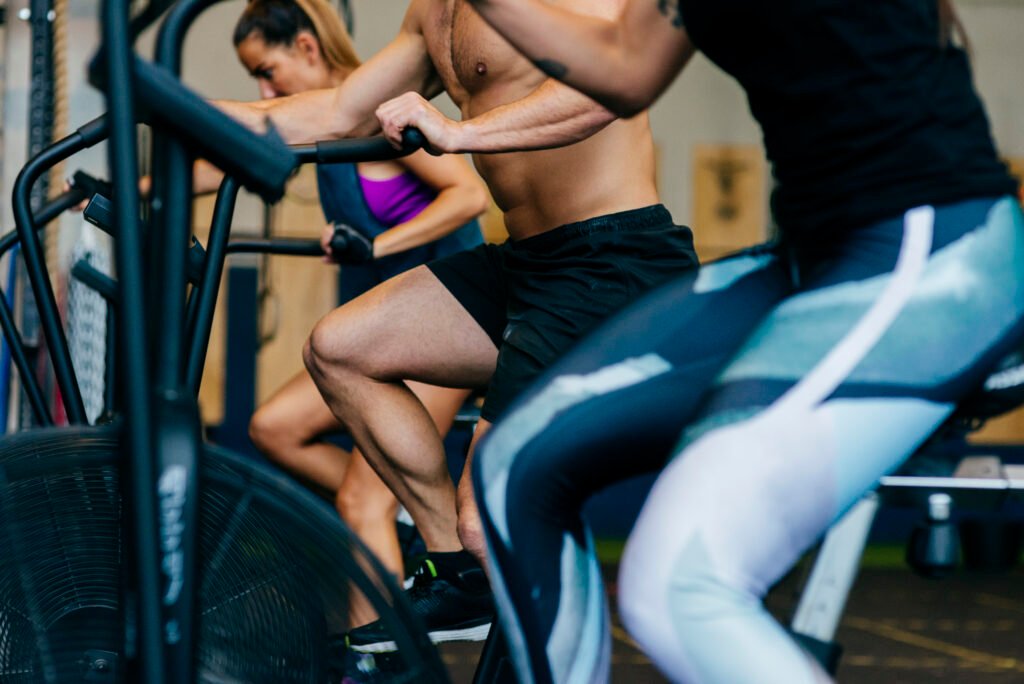Introduction
High-Intensity Interval Training (HIIT) is one of the most popular and effective types of exercise in the world of fitness. This training method is known for its high efficiency in improving physical endurance, enhancing overall fitness, and burning fat faster than traditional workouts. As most people deal with busy schedules, HIIT provides an ideal solution for achieving health and fitness goals without spending hours exercising.
In this comprehensive article, we’ll explore the details of how HIIT works, its numerous health benefits, and provide practical tips and various examples to help you start this type of training effectively and safely. Additionally, we’ll address common questions about HIIT to give you a clear picture of how to perform this type of workout properly.
Table of Contents
- What is High-Intensity Interval Training (HIIT)?
- How HIIT Training Works
- Health Benefits of High-Intensity Interval Training
- Strategies to Start HIIT Effectively
- HIIT Workout Examples for Various Goals
- Tips to Avoid Injuries During HIIT
- Conclusion: HIIT as a Sustainable Way to Improve Physical Health
- Frequently Asked Questions About HIIT
1. What is High-Intensity Interval Training (HIIT)
High-Intensity Interval Training, or HIIT, is a workout style that involves performing short bursts of high-intensity exercises followed by brief rest periods. For example, one might do 30 seconds of fast jumping followed by 15 seconds of rest before repeating. This system quickly raises the heart rate, helping the body burn calories intensely not only during the workout but also afterward.
HIIT workouts consist of a variety of exercises that require high physical effort, such as sprinting, floor exercises, jumping, squats, and bodyweight exercises with light weights.
2. How HIIT Training Works
Steps to Prepare a HIIT Workout
- Choosing the Right Exercises: HIIT is flexible, allowing you to choose any exercise that can be performed with high effort, whether bodyweight exercises or gym equipment. Options include sprinting, jumping exercises, burpees, push-ups, and more.
- Setting the Interval Duration: It’s recommended to perform high-intensity exercises for 20 to 45 seconds, followed by a rest period of 10 to 20 seconds. Repeating these intervals helps the body respond better to this type of training.
- Repeating Enough Intervals: It’s best to repeat the cycle 6 to 10 times. You can gradually increase the intervals according to your fitness level, allowing your body to adapt over time.
- Cooling Down After the Workout: Finish your HIIT session with a 5 to 10-minute cooldown, such as walking or light stretching, to prevent muscle injuries.

3. Health Benefits of High-Intensity Interval Training
A. Improves Cardiovascular Health
HIIT helps improve heart health by quickly increasing the heart rate during short exercise intervals. This intense effect strengthens the heart, enhances blood circulation, and improves heart endurance, potentially reducing the risk of heart diseases like high blood pressure and artery diseases.
B. Effective Fat Burning
One of HIIT’s main advantages is its fat-burning efficiency. Unlike traditional exercises that burn calories only during the workout, HIIT helps the body continue burning fat after the workout due to increased oxygen consumption, known as “EPOC.” This means that the body will keep burning calories for hours post-workout.
C. Time-Saving and Increased Efficiency
In a world full of commitments, HIIT is the perfect option for busy people, as a HIIT session can be completed within 15 to 30 minutes, saving time and effort. Therefore, people with tight schedules can exercise effectively and achieve great results in a short time.
D. Boosts Physical Fitness and Muscular Flexibility
HIIT increases muscle strength and enhances body flexibility. This training requires the use of various muscles to withstand high-intensity exercises, leading to overall physical strength improvement and increased flexibility, which reduces the chance of injuries during workouts.

4. Strategies to Start HIIT Effectively
A. Consult a Doctor Before Starting
If you are new to exercise or have a chronic health condition, it’s best to consult a doctor before starting HIIT. Some tests might be needed to ensure you can handle the workout’s high intensity.
B. Proper Warm-Up Before Exercise
Every workout should start with a 5-10 minute warm-up, including low-intensity exercises to increase blood flow to the muscles and prepare them for HIIT. Warm-ups are essential to avoid injuries and achieve the best workout performance.
C. Gradually Increase Intensity
It’s best not to start HIIT with high intensity immediately. Begin with less intense exercises and gradually build up to the required high intensity. This progression allows your body to adapt and helps prevent injuries.
D. Listen to Your Body
HIIT requires high physical effort. If you feel pain or extreme fatigue, stop and rest; your body may need time to recover.

5. Examples of Best HIIT Exercises for Different Goals
A. Weight Loss and Fat Burning
- Jump Rope: This exercise is very effective for burning calories and toning the whole body. Perform jump rope for 30 seconds, followed by a short rest, then repeat.
- Burpees: A challenging exercise combining various moves like squats, jumps, and push-ups, making it effective for engaging the whole body and burning fat.
- Sprinting: Run at a high speed for 20-30 seconds, then walk or rest briefly and repeat. This exercise is ideal for quick fat burning.
B. Improving Overall Fitness
- Squat Jumps: Activates the lower body and strengthens muscles in the legs and thighs.
- Push-Ups: Enhances upper body strength, particularly chest and shoulder muscles, and strengthens muscles in general.
C. Muscle Building
- Side Plank: Helps build abdominal and oblique muscles and improves body balance.
- Jumping with Light Weights: Combines light weightlifting with quick movements, helping strengthen muscles and add extra strength.

6. Tips to Avoid Injuries During HIIT
A. Maintain Proper Posture
Proper posture during exercises is essential for avoiding injuries. Ensure body stabilization and avoid unnecessary movements; consult a trainer if you’re unsure of the correct posture.
B. Choose the Right Surface for Exercises
Avoid performing HIIT on very hard surfaces; try to work out on a flexible surface or one with padding to reduce joint strain.
C. Gradual Intensity Increase
Don’t force yourself into high intensity right away; gradually increase workout intensity to allow your muscles and joints to adjust.
D. Sufficient Rest Between Sessions
The body needs adequate recovery time between HIIT sessions, especially when exercises are performed with maximum effort.

7. Conclusion: HIIT as a Sustainable Way to Improve Physical Health
HIIT is one of the best ways to build a strong and healthy body in a short time. Its benefits include improving physical fitness, burning fat, enhancing overall strength, making it an ideal choice for people with busy schedules.
8. FAQ About HIIT
- Can HIIT be done daily? Although HIIT is beneficial, it’s better not to perform it daily to avoid fatigue and injuries. It’s recommended to do HIIT 3-4 times per week with rest days in between.
- What’s the optimal HIIT session duration? HIIT sessions can range from 15 to 30 minutes, depending on fitness level and workout goals.
- Does HIIT require equipment? HIIT usually doesn’t require equipment; many exercises can be done using just body weight.


